On Care. How connection in artistic practices can increase inclusivity

The second day of ON CIRCUS Conferences at Theater op de Markt 2023 explored the aspect of Care as a fundamental consideration in artistic practices. The morning turned out to be a rich exchange of years worth of thoughts on trust in artistic processes and shifting the spectacular side of circus in favour of a brighter human connection. On Care reflections day saw two speeches, Alexandre Fray from the French Un loup pour l’homme and Aline Breucker with Quintijn Ketels of the Belgian Side-Show. The similarities between the two companies lie in the awareness of alterity as a guide in shaping their creations. From their specific points of view, we widened the net for finding better collective care practices and knowledge-sharing possibilities for ourselves and what surrounds us.
We return inside the room at Dommelhof, welcomed by a recap from There There Company on the meaning of these three days and the intent of learning through an exchange of sharing practice. Hanna and Toon introduced the topic with its qualities and bias. Care often is not verbalised and remains silent. Not perceived as generic, sometimes it becomes a cliché, connected to something you do to help a cause or for someone in need. In favour of a more holistic approach, they introduce a definition of Care sent to the invited companies to help them shape their thoughts around the theme, affecting their relationship to audiences and themselves.
“On the most general level, we suggest that caring be viewed as a species activity that includes everything that we do to maintain, continue, and repair our ‘world’ so that we can live in it as well as possible. That world includes our bodies, ourselves, and our environment, all of which we seek to interweave in a complex, life-sustaining web.”
Fisher, Bernice and Joan C. Tronto. “Towards a Feminist Theory of Care.” In Circles of Care: Work and Identity in Women’s Lives, edited by Emily K. Abel and Margaret K. Nelson. State University of New York Press, 1990.
The artists invited to share today developed a personal reflection revealing the vital aspect of care in their circus practices. Alexandre Fray started his speech by underlining how the word has been pivotal in his artistic path, reminded how frequent it is in his notes throughout the years, often merging its meaning with the significance of hand-to-hand technique, that we can define as “walking with someone else”. As founder of Un loup pour l'Homme, he recalls their interest in discovering how to balance the desire for physical contact, often also to be violent on stage, and taking care of their bodies behind the scenes.
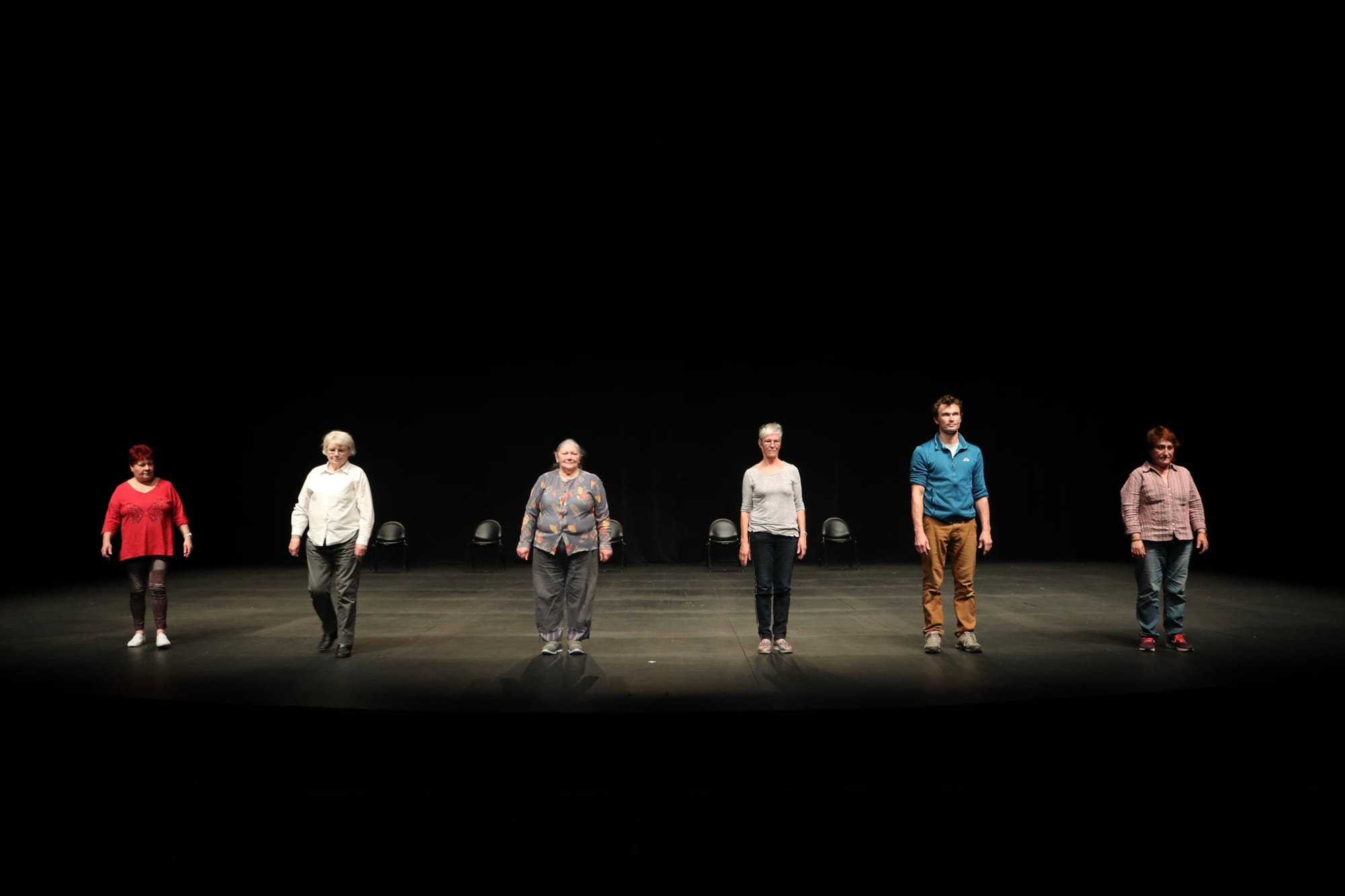
Most of the time, acrobats consume themselves by going too fast because they want to be able to do everything. Being young and efficient in circus is the goal, to be performative and able to replicate tricks, and circus artists act as this proficiency will continue forever. Then realising the prophecy and ongoing mentality that your acrobat-ability is temporary, that you will do something else when you are older. He is happy to have succeeded in his goal of remaining on stage after 40.
Rather than putting the emphasis on the technical side of his practice, he likes to define the hand-to-hand essence as the reciprocity and responsibility of two subjects engaged with each other and aware of their interdependence as a first social condition.
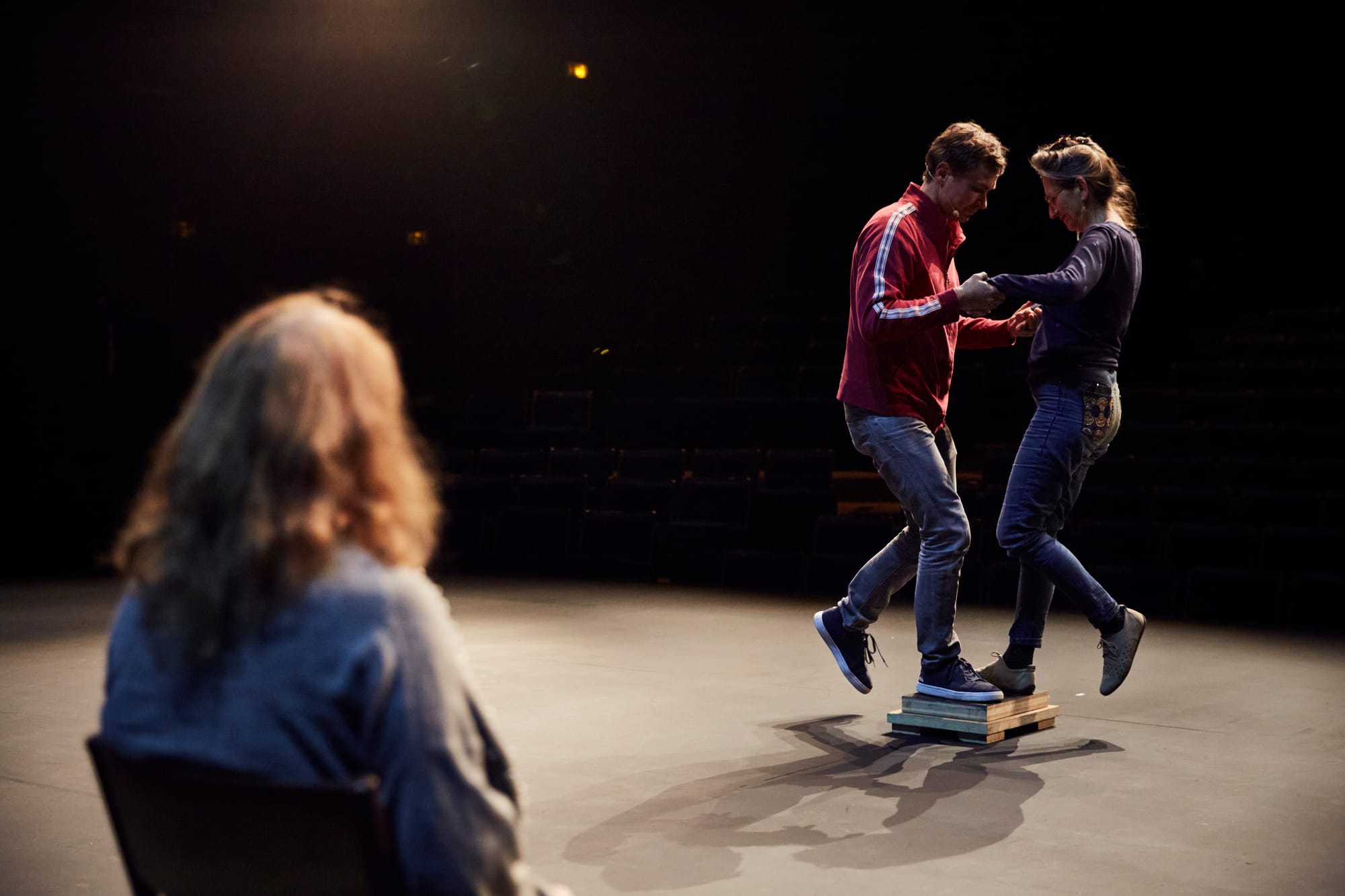
Alexandre points out that the concept of Subjectivity comes from Alterity. From his perspective, we still lose too much time articulating partner acrobatics physical implications or technical aspects: the alterity between two human bodies is the crucial point of this interaction, the quality of being seen by another person during the acrobatic action. We can extend this concept by noticing the interdependent aspect of all human beings. Alterity defines who we are in front of others, not only while doing acrobatics. We know we are mortals, and especially in the circus sector, failure or not being seen as strong enough reveals fragilities that do not support the human aspect of the artist's nature.
If we consider the traditional approach in circus, hand-to-hand couples are formed by a strong base and a thinner agile. The danger of objectifying the flyer's body, especially when thinner or smaller of the base, combined with the quality of verticality because someone needs to be under and another person above, is the danger of hand-to-hand practice in terms of inequality of power. The problem of "carrying someone" could be solved not by interpreting the flyer as a person who "is carried" but by combining it with the notion for the base of "to be flight". In this context, care represents a way to not have a narrow view of your role, but reverse this inequity by acting with another body, enlarging the view to become a single person while performing.
A revealing switch in his career happened when he stopped practising with his historical partner of a similar weight, and started working with different flyers. This gave him adaptability in his technique, allowing him to expand the spectrum of human interaction through bodies, including people who are not acrobatic partners at all. For this reason, the company cultivates a specific approach to hand-to-hand, mixing the production of the shows with social practice interventions and shaping creations with non-professional people.
Especially after the Pandemic, he felt the urgency of re-starting using a physical connection with others, a real need to feel the bodies, from our being bones and flesh to arrive perceiving our immaterial aspect. This ability to listen to the bodies has been central to his interest in working with elderly people, pushing his acrobatic practice to reflect again on the role of an active base with someone dependent on your strength and in need of care.
Un Loup pour l’homme, Project Grand-mère - trailer
In French, Porter is similar to prendre en charge. In that sense, taking charge of older people meant developing a relationship of trust. With his ongoing artistic research, Projet Grand-Mère, Alexandre has visited hospices, hospitals and pension houses by practising hand-to-hand techniques that treated firstly the hosts as subjects. He designed acrobatic workshops as artistic research projects rather than pedagogical intents. And in using this angle, he wanted to strengthen the sense of responsibility of his older fliers instead of objectifying them.“From being considered an object of care, grandmothers became the subject of a partnership. Visual and auditive contact is fundamental to give them trust. To be seen, heard, and touched are the principles of the dramaturgy we use on stage, and are the base for an encounter, preparing them to let themselves fall, to be caught.”
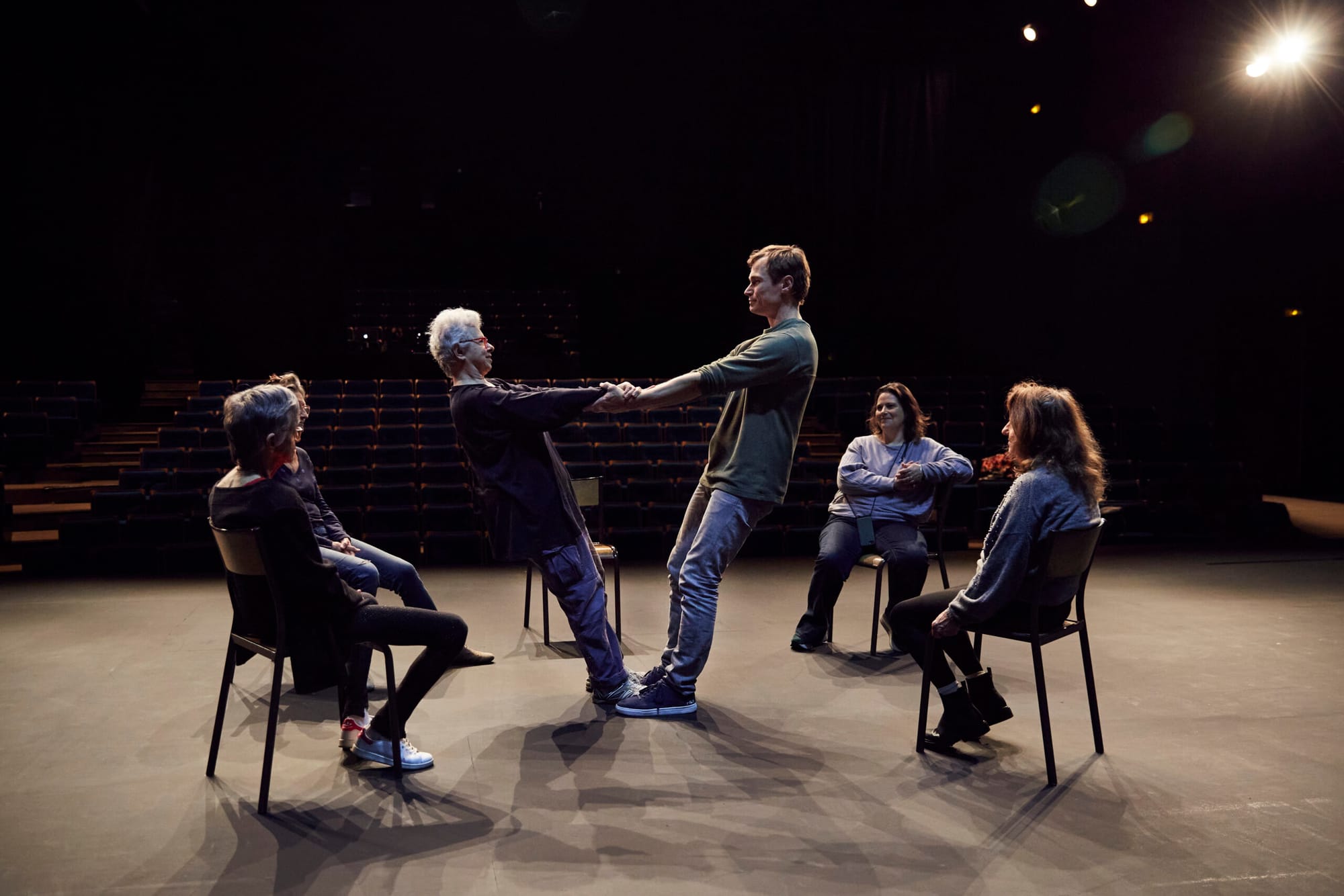
His further reflections gravitate towards the acrobats and their relation to taking risks. Their freedom lies in adapting their bodies to new necessities, and from this perspective, the more you protect yourself, the more you risk getting hurt. Exploring the danger zone might help humans to discover, understand, and incorporate physical obstacles. Understanding of limits is vital within the artistic process and to the bodies. During Project Grand-mère, he discovered that the over-safety in hospices is reducing their vitality, preventing them from developing their abilities, impacting their mobility, and influencing their psychological attitude. As an acrobat, the perception of danger keeps you precise and conscious of taking care of your body's limits. It makes you realise you can do more, within the abilities you have already developed. In a circus practice with elderly people, this attitude combines exercises and principles of kinesiotherapy and ergotherapy, a balance of care between experimenting inside limits and going further without forcing them.
In Project Grand-Mère, the expectations toward the spectacular aspect of circus is replaced with the ability to listen to diverse bodies. The result creates a less impressive choreography but shares the path to the incredible trust that bonds the acrobat and an aged body in unexpected physical dialogue.
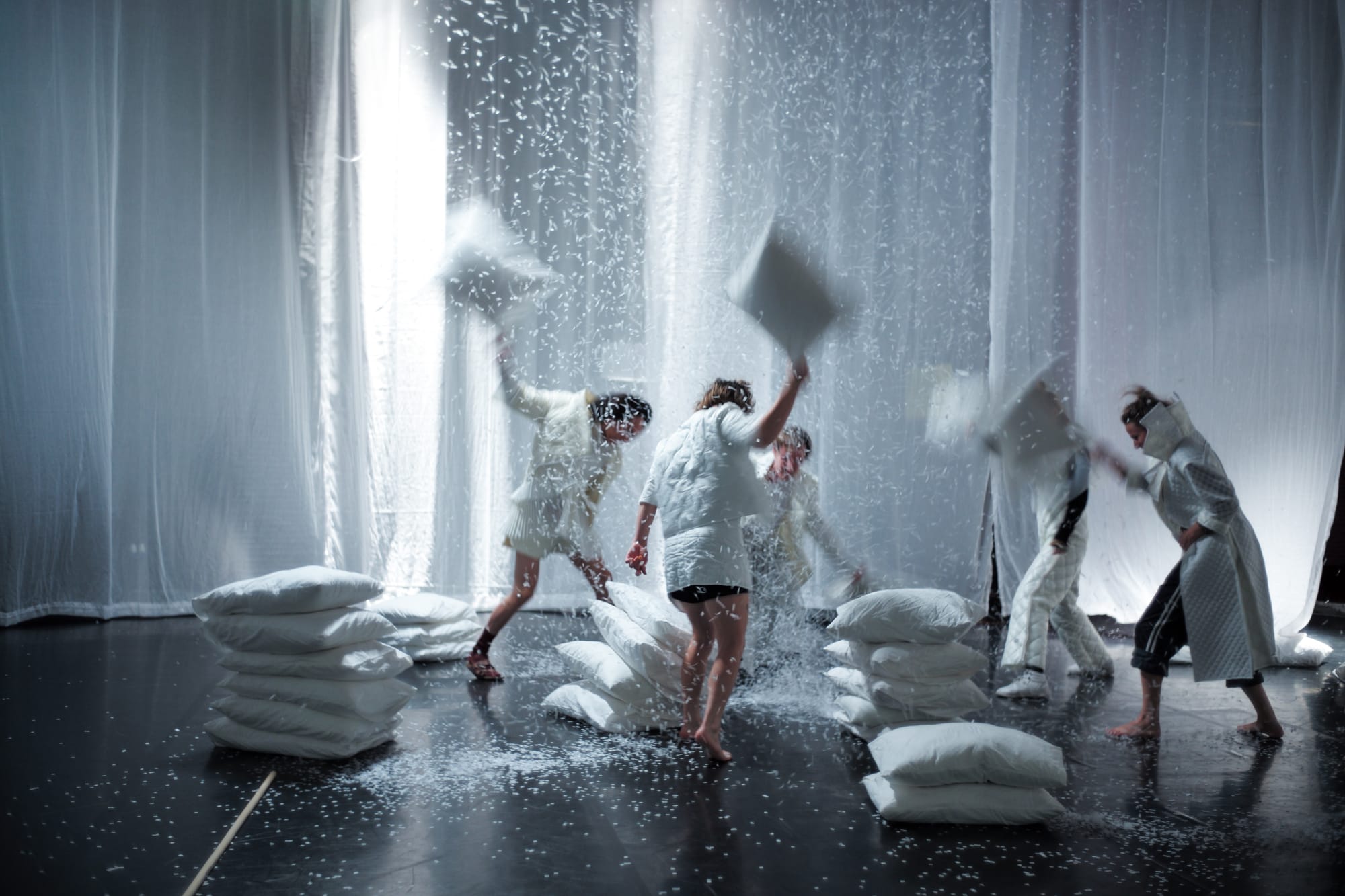
The next talk is from Side-Show, and Aline and Quintijn share thoughts on the possibility of overcoming the duality of ability – being able or not able – and considering this quality as a temporary factor. Adopting this lens, Quintijn adds that circus artists are mostly super-able bodies performing for temporarily able audiences. Driven by this missing inclusion aspect, and by the question “Who are the people we don’t perform for”, they recently turned their attention to the temporarily un-able audience, who is often frightened of passing a relatively long lapse of time trapped in a room attending a show and doing research to address their practice as circus creators around welcoming these kind of spectators.
They created the company in 2009, coming from different backgrounds. She is a stage and costume designer, and he has performed as a base. Care has become their anchor point as creators and leaders, with the urgency of shaping works reflecting what they needed for themselves, often sharing this safe place of freedom, and collaborating with others.
According to Aline, care can be a catalyst in motion, tuning or shifting attention according to what is needed, immersed in a context but always influenced by external factors. Their last creation is a relaxed performance that listens to these mutating needs, puts the audience's necessities on top and cares about the environment and the audience together.
A relaxed performance is enjoyable for neurotypical and neurodivergent people at the same time. It might even be a revealing experience inside a theatre, far away from the typical immersive black-box perception. There is a sort of minimalism in a circus relaxed performance and the surprise elements of the plot are previously declared. The soft lights, the possibility of abandoning the room whenever wanted, the trigger warnings, and any other preparatory practice are useful mental health signs for everybody. These help to safeguard against spectators' stressful experiences inside a theatre and open its space to a broader audience.
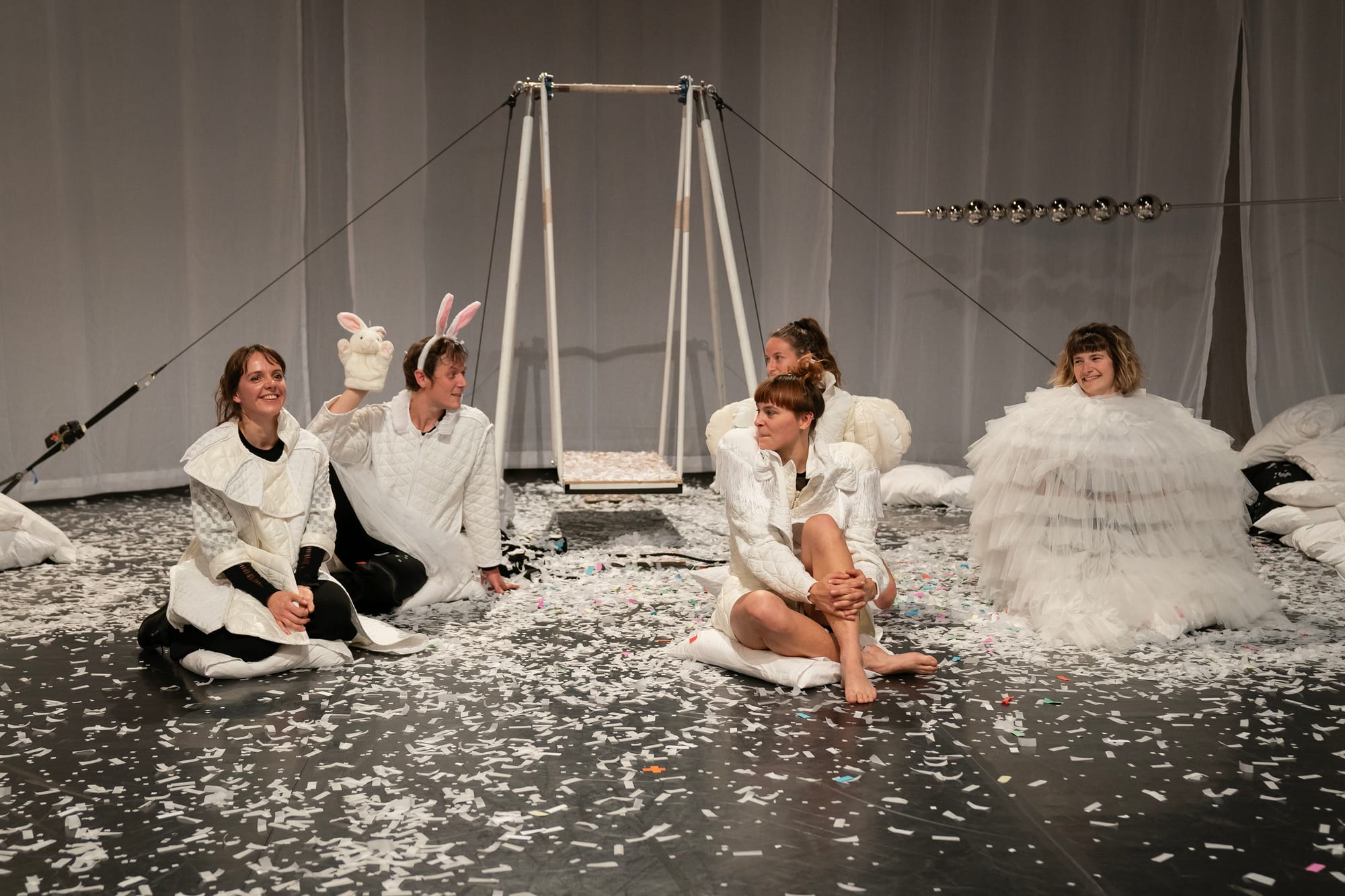
The creation journey has been challenging, taking inspiration from the UK cultural sector, which is more receptive and advanced in adapting shows for audiences with different access needs. If these are the obstacles to overcome – they thought - let’s use these obstacles to create from. However, they did not want to create an adaptation, but rather a language with these aspects fixed from the beginning.
Can we still call a circus show without surprises a circus show? It has been interesting for them to explore the circus arts without the quality of suspense and excitement, emancipating the genre from the sensational and spectacular. From the very beginning, they shared tryout sessions with an audience of neurodivergent people to have calibrated feedback on the direction they were embarking.
Side-Show, Permit, oh permit my soul to rebel - trailer
Permit, oh permit my soul to rebel is a circular show made for eighty people at a time that strongly relies on the collaboration of the organisation hosting it. Because these kinds of spectators will not always show up by themselves, the theatre must activate a dialogue with the local associations, preparing the context of performing. Aline points out a striking statement: “Disability is all about context. You are disabled in a daily life made for the standards. It is the changing of the context that makes disability disappear.”
To change this paradigm, they created a storyboard booklet to prepare the audience for the show’s attendance. From the more structural information about the theatre access entrance, exits, toilet positions and parking, it gradually shifts into the contents, detailing what we can expect before, during and after the show. The audience will know in advance who will be on stage, having seen pictures of the whole team, knowing who is welcoming them and to whom they can ask for support if needed.
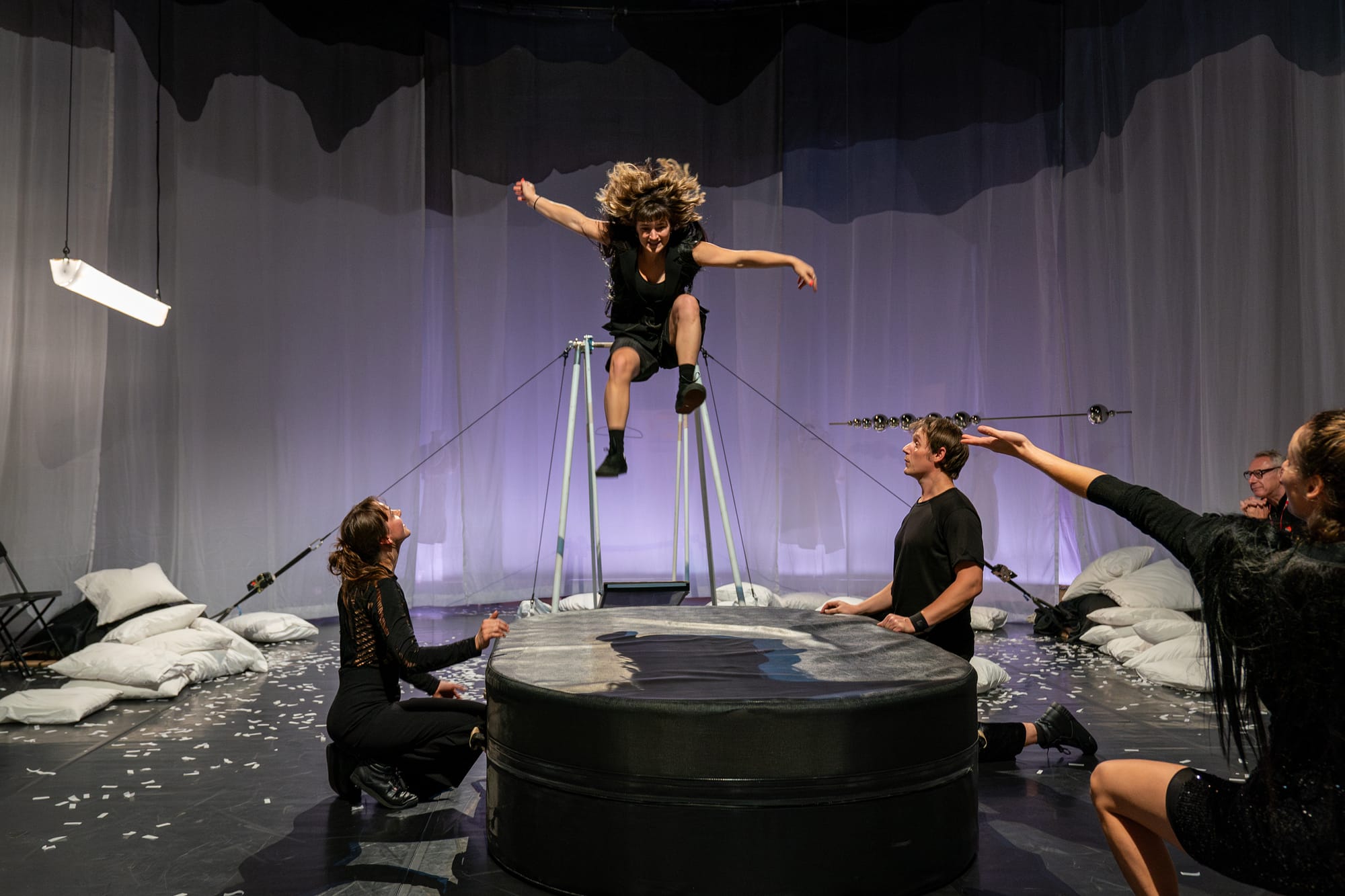
A collective conversation started spontaneously around the feedback the piece collected. Some participants in the room attended the show and pointed out its de-stressing ability. According to Aline and Quintijn, it is fundamental to remember that relaxed performances are for people who may not abide by the social codes of theatre. Inspired by the freedom perceived by playing in the street, this light-hearted essence of gaming could carry into closed spaces and transform their black box structure, and by keeping the entrance doors always open, turn them into something less frightening. Changing the codes of a context you take for granted as an indoor space can be scary and exhausting, but seeing a beautiful mix of diversity around the stage has been the best goal.
A final open question could arise from this morning. Where does the circus go when the emphasis is not on extraordinary abilities but on the relevance of collective awareness? Replacing the emphasis on "more" with a genuine curiosity towards the "how" affects the value of relationships of power in circus creations. This shift could reveal the potential of Alterity that sometimes, as Care, remains hidden in the developing process of a show.
